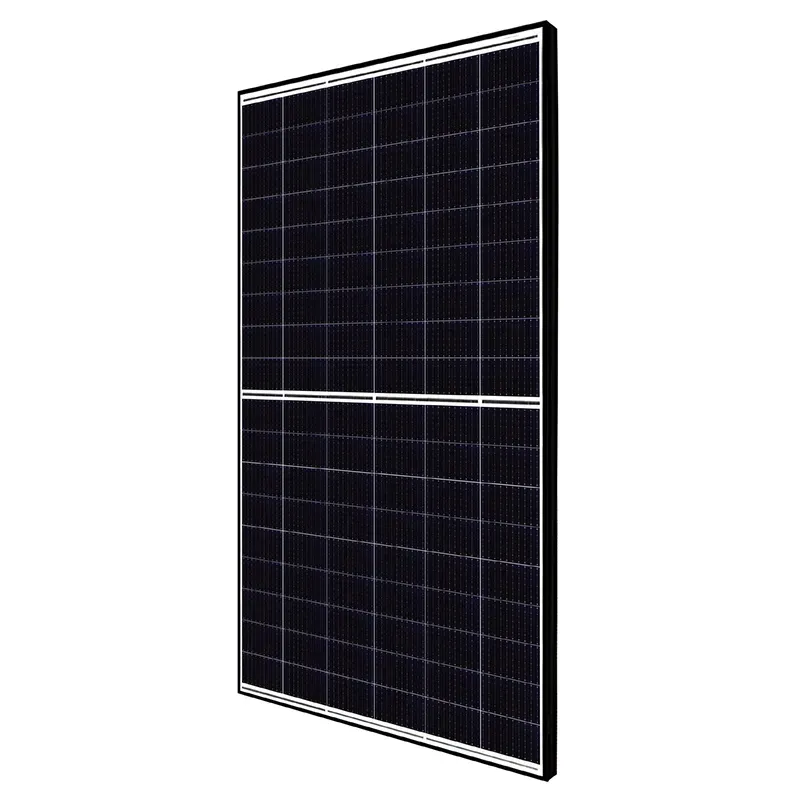solar panel production line
The Solar Panel Production Line A Sustainable Path to Renewable Energy
In recent years, the demand for renewable energy sources has surged, prompting an increase in solar panel production. The transition to solar energy represents a significant step towards sustainability and reducing carbon footprints globally. This article explores the solar panel production line, highlighting its importance, processes, and advancements that contribute to the growing solar industry.
Understanding Solar Panels
Solar panels, or photovoltaic (PV) cells, convert sunlight directly into electricity. These panels are primarily made from silicon, a semiconductor material that absorbs sunlight and releases electrons, generating electric current. As the world acknowledges the detrimental effects of fossil fuels on the environment, solar panels have emerged as a viable solution, making it essential to streamline their production.
The Production Process
The solar panel production line involves several stages, ensuring that every panel meets quality standards while maximizing energy efficiency. Here’s a breakdown of the key processes
1. Silicon Production and Ingot Formation The first step in solar panel production is the creation of silicon wafers. This begins with extracting silicon from sand or quartz, which is then purified. The purified silicon is melted and crystallized into ingots—large blocks of silicon. These ingots are then sliced into thin wafers, which are the building blocks of solar cells.
2. Wafer Processing Once the silicon wafers are produced, they undergo several processes, including doping, which involves adding impurities to enhance their electrical properties. This step is crucial for creating the p-n junction needed for the photovoltaic effect. The wafers are then etched and textured to improve light absorption.
3. Cell Production The processed silicon wafers are transformed into solar cells. Electrical contacts are added to the cells, allowing them to harness the energy generated from sunlight. Anti-reflective coatings are applied to minimize the reflection of light, maximizing the amount of energy absorbed.
solar panel production line

4. Module Assembly After the solar cells are created, they are assembled into solar modules. This involves laying the cells out in a specific configuration, connecting them electrically, and encapsulating them in protective materials—commonly glass and a polymer layer. This assembly not only protects the cells from environmental factors but also ensures durability and efficiency.
5. Testing and Quality Control Quality control is a critical stage in the production line. Each solar module undergoes rigorous testing to ensure performance and reliability. This includes electroluminescence testing, thermal cycling, and humidity freeze tests. Modules that pass these tests are certified for efficiency, durability, and safety.
6. Packaging and Distribution Once the solar modules pass quality checks, they are packaged and prepared for distribution. Efficient logistics are vital to ensure that these modules reach customers promptly, whether for residential, commercial, or utility-scale applications.
Innovations in Solar Panel Production
Recent advancements in technology are revolutionizing the solar panel production line. Innovations such as automated manufacturing processes, improved materials like perovskite solar cells, and enhanced efficiency ratings are making solar panels more accessible and cost-effective. The rise of Industry 4.0, characterized by smart manufacturing and data analytics, further optimizes the production process, reducing waste and energy consumption.
Additionally, recycling programs for old solar panels are beginning to emerge, addressing concerns about waste management and sustainability. These programs recover valuable materials from decommissioned panels, promoting a circular economy within the industry.
The Future of Solar Panel Production
As the world pivots toward renewable energy, the solar panel production line will continue to evolve. The increasing pressure to combat climate change will drive investment in solar technology, leading to more efficient and affordable solutions. Governments and organizations worldwide are recognizing the importance of solar energy, incentivizing production scaling up and accelerating the transition towards a sustainable energy future.
In conclusion, the solar panel production line is a vital component of the renewable energy landscape. Through advanced technologies and sustainable practices, it holds the potential to significantly contribute to global energy needs while promoting environmental stewardship. As we embrace a greener future, the role of solar energy and its efficient production will only become more pronounced, lighting the way to a sustainable world.
-
Unlocking Energy Freedom with the Off Grid Solar InverterNewsJun.06,2025
-
Unlock More Solar Power with a High-Efficiency Bifacial Solar PanelNewsJun.06,2025
-
Power Your Future with High-Efficiency Monocrystalline Solar PanelsNewsJun.06,2025
-
Next-Gen Solar Power Starts with Micro Solar InvertersNewsJun.06,2025
-
Harnessing Peak Efficiency with the On Grid Solar InverterNewsJun.06,2025
-
Discover Unmatched Efficiency with the Latest String Solar InverterNewsJun.06,2025







